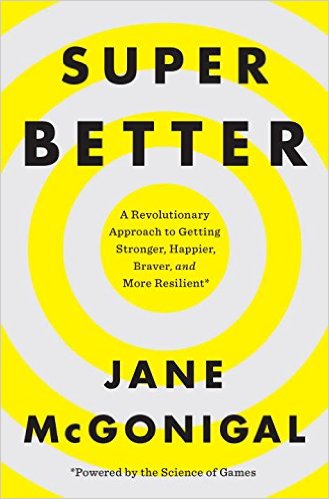Hiking the Narrows in Zion National Park
I had one day to do whatever I wanted in Southwest Utah. I chose to wade the Narrows in Zion Canyon.
My best friend highly recommended this hike. He’d visited a couple years before and, luckily, I texted him beforehand. You’re going to get wet in the Narrows. Nearly all of it is in the Virgin River. In some spots, I got up to my nipples in chilly water. He told me I had to rent water boots from Zion Adventure Company.
I listened and it was well worth the thirty or so bucks I spent. Not only because of the rugged, but breathable, boots and neoprene socks, but also the complimentary hiking stick. I was also bringing my DSLR, so I grabbed a dry bag and headed out.
Temple of Sinawava
The trailhead for the Narrows is at the back of Zion Canyon, so you’ll need to take a free shuttle to the Temple of Sinawava, and then walk a mile on flat asphalt until you can’t go any further. The bottleneck in the canyon not only hems in the towering cliffs, but chokes a river of people into one spot too. I’ve never seen so many selfie sticks in one place.
The crowd didn’t thin out for the first few miles, so be prepared to deal with crowds. The canyon is fairly open here and you can hike on the riverbank in spots. Makes it great for folks wanting an easier day, or if you’ve got young kids. On one of the rock shelves, people created an awesome mural of muddy handprints and messages for other hikers to add to. Somehow, it made dealing with the crowd a little more palatable. We’d all created this simple artwork that would only last until the next good rain.
Wall Street
After several miles, the canyon narrows into its iconic form. Flowing river from cliff to cliff, that tower over a thousand feet overhead, with only twenty or thirty feet separating. Here, Wall Street and Odenkirk Canyon split. I ventured down Wall Street, but I’ve heard Odenkirk offers more opportunities to swim and boulder.
The Narrows is simultaneously claustrophobic and inspiring at the same time. The rock is overwhelming. But the scale is awe inspiring, when you look ahead and see how tiny other hikers are compared to the walls.
The actual logistics of hiking are something I’ve never experienced anywhere else. You truly are in the river the entire time. It’s a lot like hiking on wet, misshapen bowling balls. Only you aren’t able to see where you’re stepping. Also, don’t where thin clothing you can see through when it gets wet. I wore Chaps hiking pants and black underwear, and left nothing to the imagination.
Big Springs
Huddled against the cliff about 6 miles in, you’ll find a stout water fall called Big Springs. This is the farthest back bottom-up hikers can go without a permit. Past that, you’ll need to reserve a spot, and probably spend the night. It took me until nearly sunset to get up and down the river. Twelve miles is a fairly big day anyway, and I was slogging through water the whole time.
I wouldn’t call this a “must see,” though. It’s probably worth skipping if you’re short on time or if you want to see Wall Street and Odenkirk Canyon. I spent a few minutes here taking a couple pictures and gulping down some water. But I soon found myself headed back down the river to walk in the rippling shadows again.












